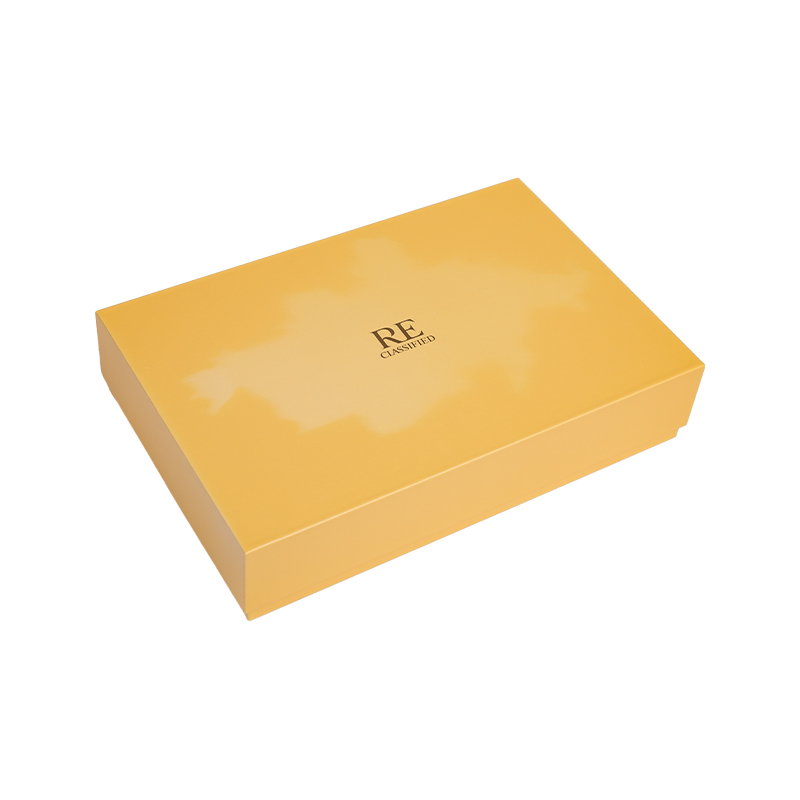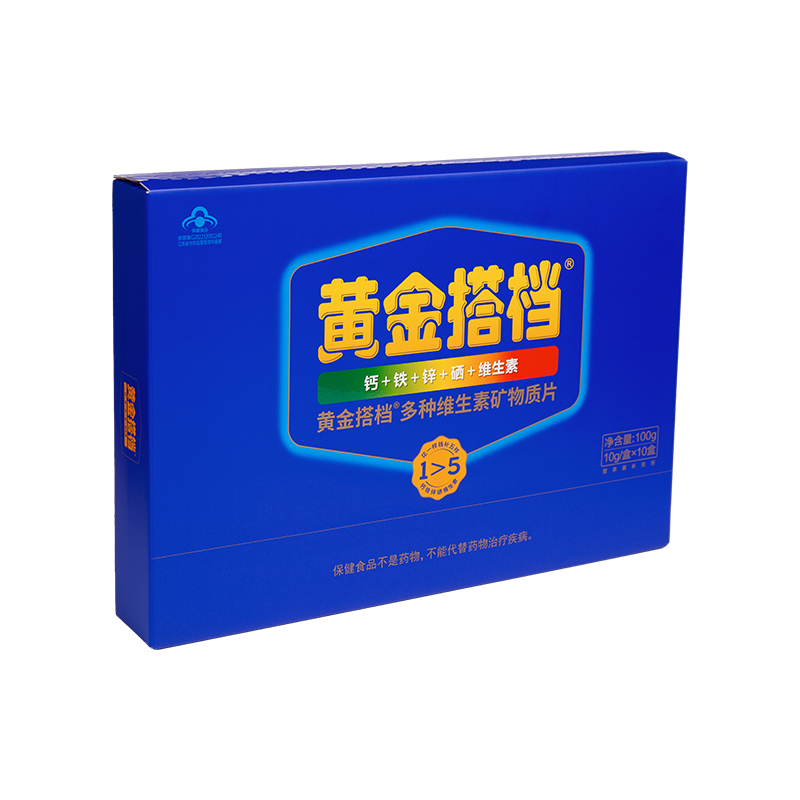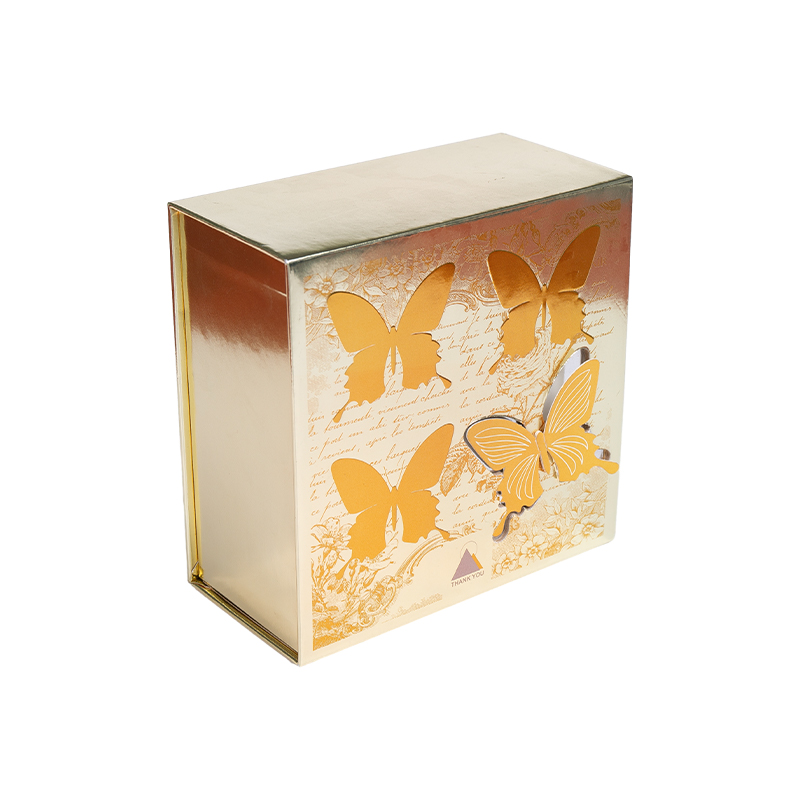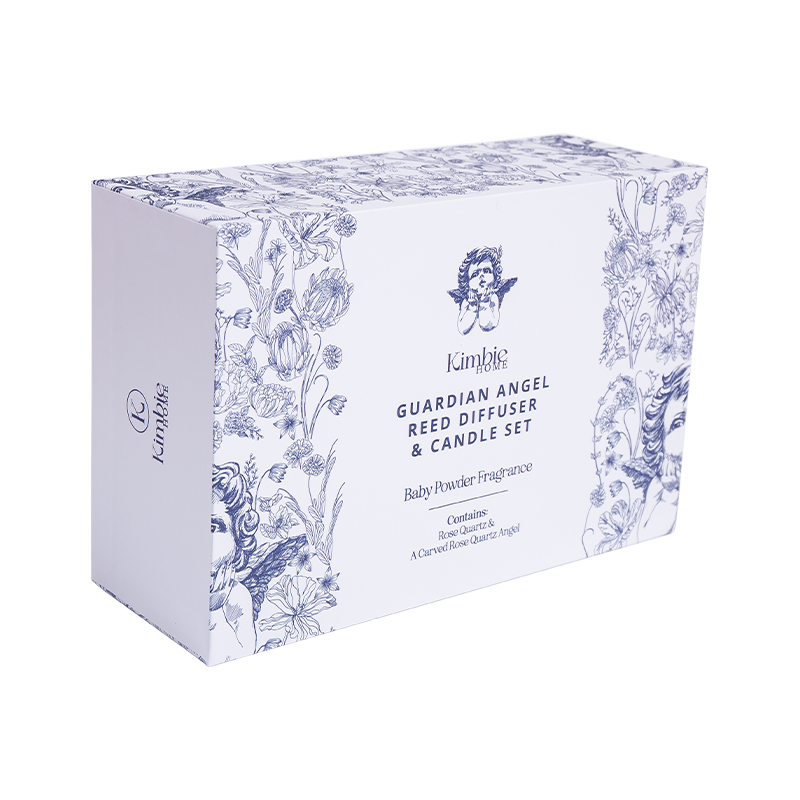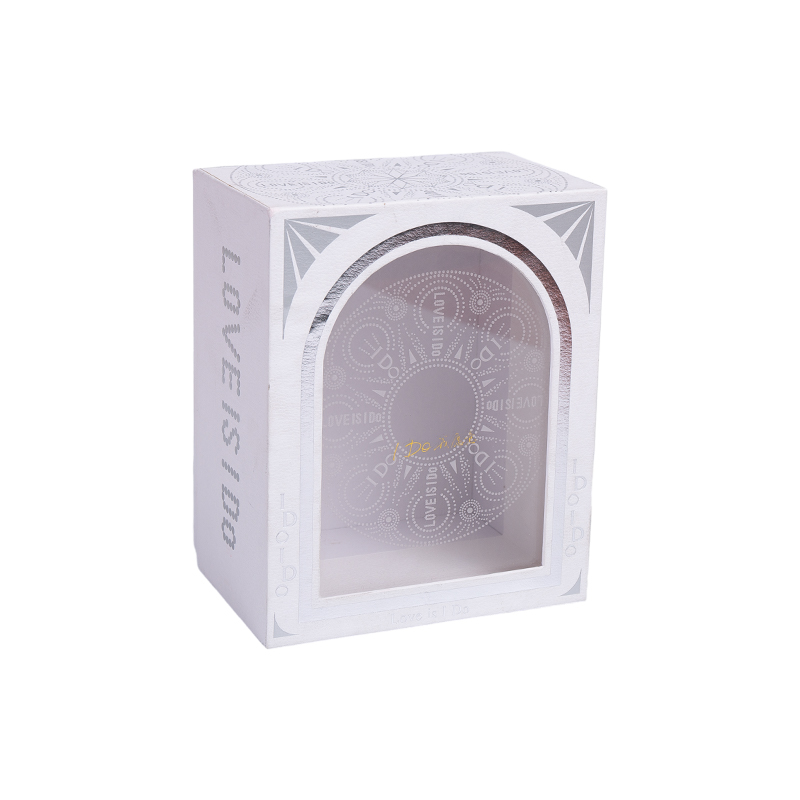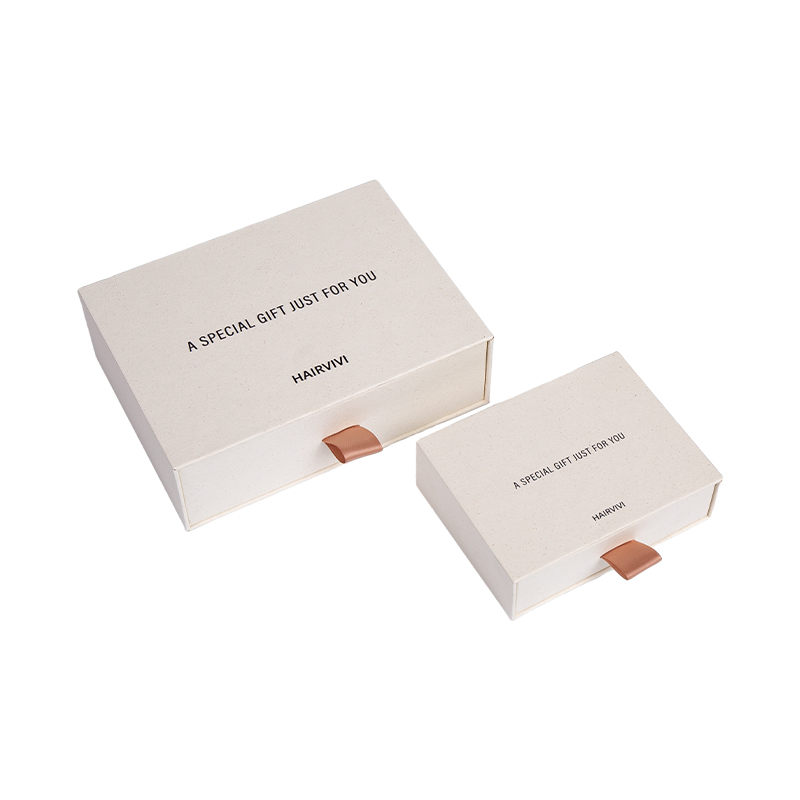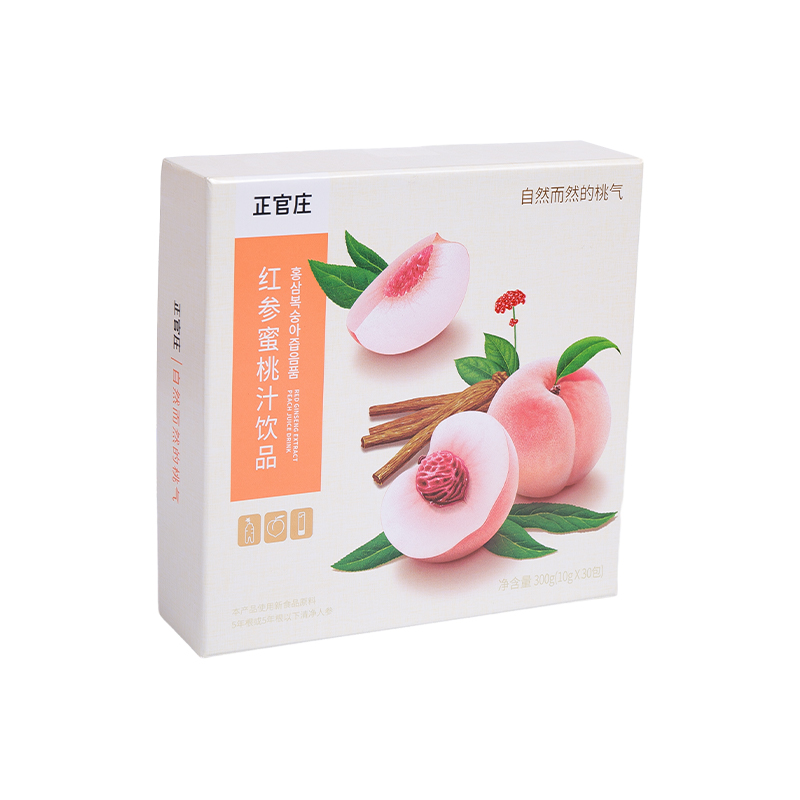Environmentally friendly pigments, also known as green pigments or eco-friendly pigments, refer to pigments that have a reduced impact on the environment and human health during production, use, and processing. Such pigments typically exhibit low toxicity, emit low levels of volatile organic compounds (VOCs), and are biodegradable and recyclable. The application of environmentally friendly pigments helps to decrease environmental pollution and safeguard ecosystems and human health.
The main types of environmentally friendly pigments include:
1. Water-based pigments: These pigments use water as the solvent, offering advantages such as low VOC emissions, lack of irritating odor, and easy cleaning.
2. Inorganic pigments: Made from inorganic compounds like iron oxide and titanium dioxide, this type of pigment boasts good weather resistance, heat resistance, and chemical stability, and is relatively harmless to both humans and the environment.
3. Biological pigments: Extracted from biological resources such as plants and microorganisms using biotechnology, these pigments are renewable, biodegradable, and exhibit low toxicity.
4. Nanopigments: Prepared using nanotechnology, these pigments offer high color intensity, transparency, and dispersion. Some nanopigments also feature UV resistance, antibacterial properties, and self-cleaning properties.
5. Environmentally friendly pigments find wide application in fields such as construction, furniture, automobiles, textiles, printing, and packaging. As people's awareness of environmental protection grows, the market demand for environmentally friendly pigments is expected to continue to increase.

 中文简体
中文简体 
 English
English
